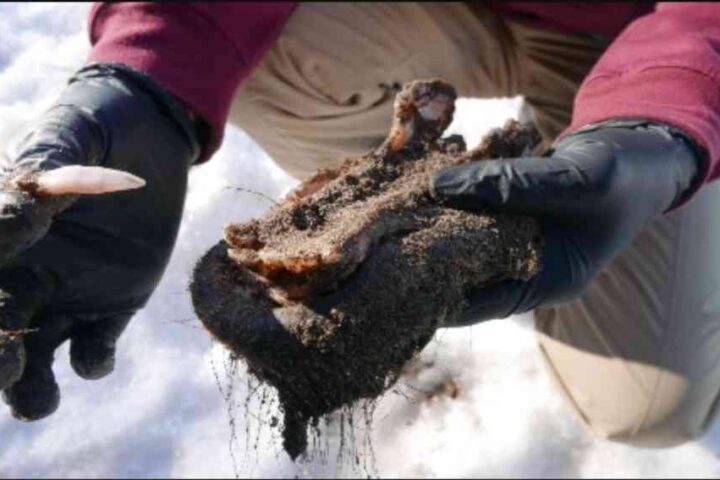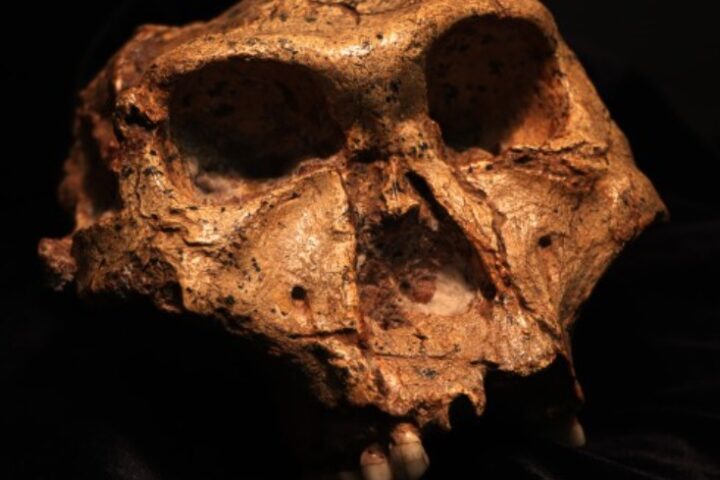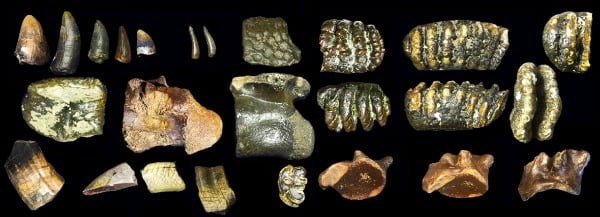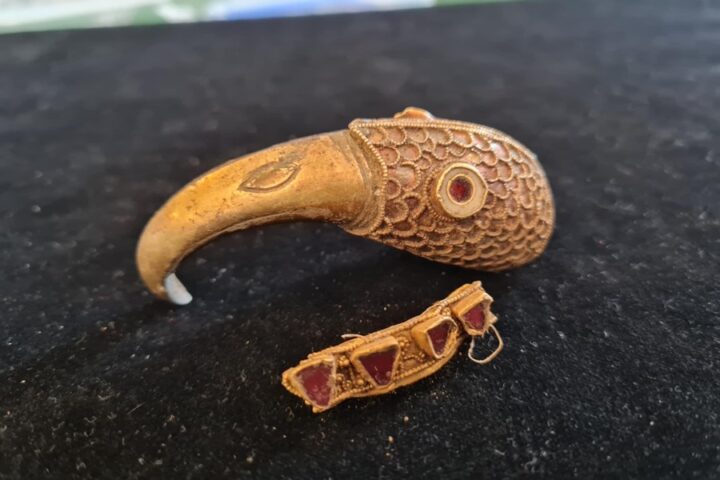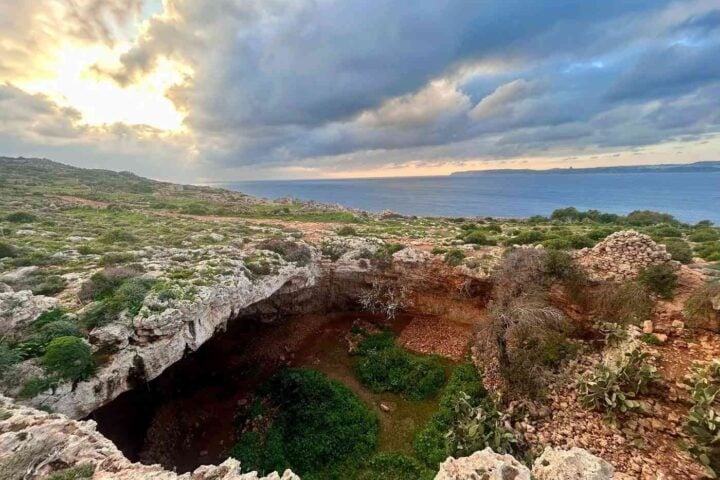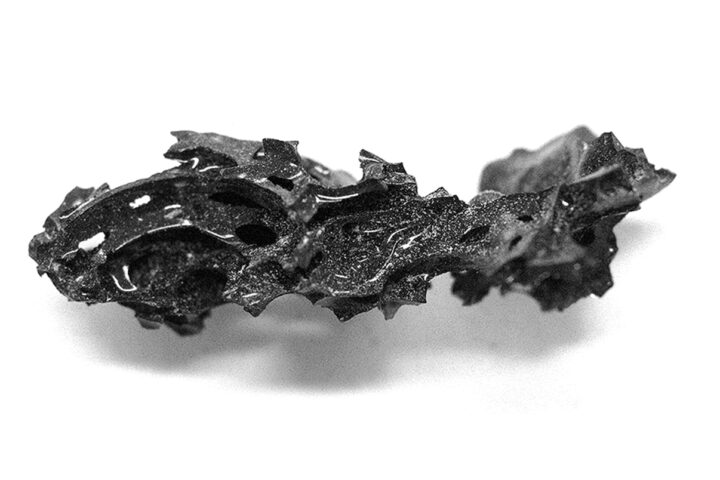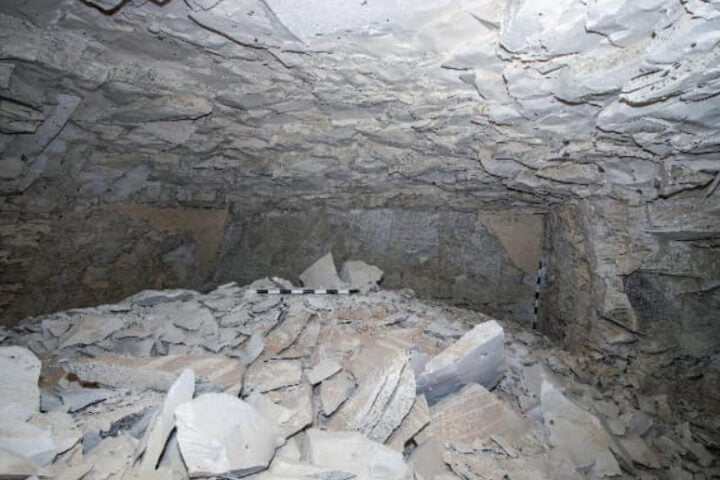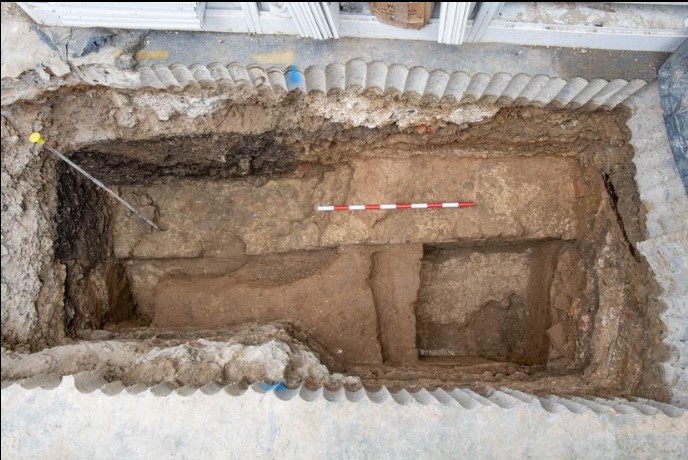Birds evolved from theropod dinosaurs during the Late Jurassic period. The earliest evolution of the Avialae, a clade that includes all modern birds but excludes certain dinosaurs like Deinonychus and Troodon, has been a subject of intense study. The limited diversity of Jurassic fossils has hindered our understanding of avialan evolution. The Middle–Late Jurassic Yanliao Biota in northeast China and the German Solnhofen Limestones are the only known sources of definitive avialans from the Jurassic era. A significant 30-million-year gap exists before the oldest known record of Cretaceous birds. The Jurassic avialans play a pivotal role in understanding the evolutionary origin of the avialan body plan.
A joint research team from the Institute of Vertebrate Paleontology and Paleoanthropology (IVPP) and the Fujian Institute of Geological Survey (FIGS) unveiled a new 150-million-year-old avialan theropod. This discovery was made in Zhenghe County, Fujian Province, and was published in the journal “Nature”. The newly identified species, “Fujianvenator prodigiosus”, showcases a unique combination of morphologies seen in avialans, troodontids, and dromaeosaurids. This highlights the role of evolutionary mosaicism in the early stages of bird evolution.
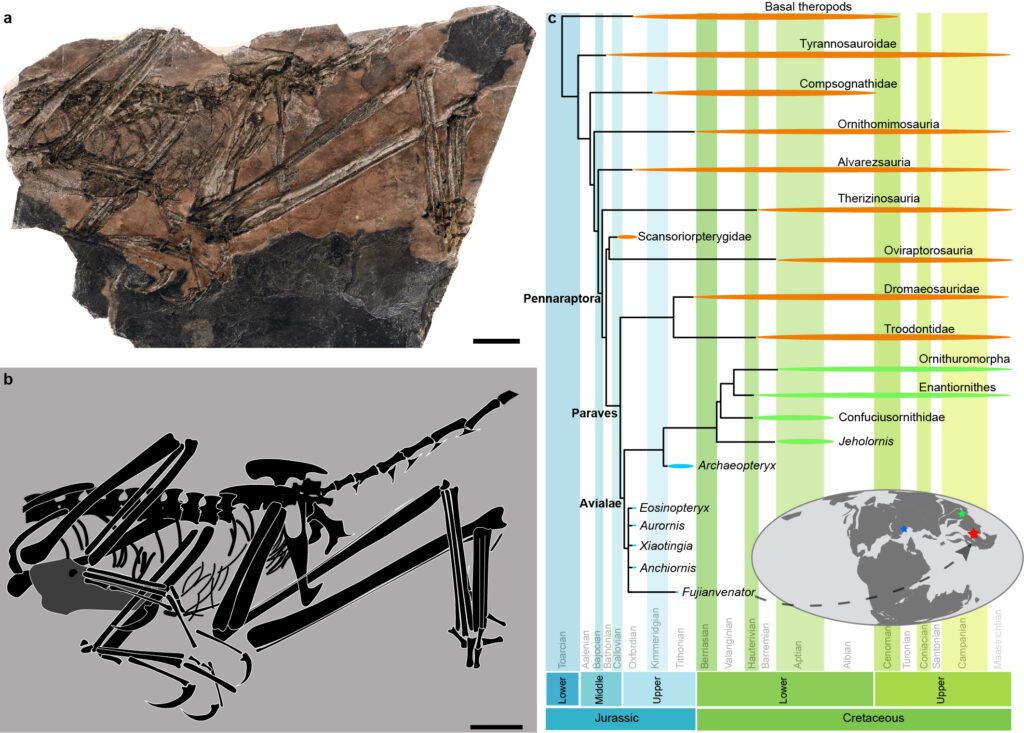
Dr. WANG Min from IVPP stated, “Our comparative analyses show that marked changes in body plan occurred along the early avialan line, driven largely by the forelimb.” Interestingly, “Fujianvenator” diverged from this main evolutionary path, exhibiting a peculiar hindlimb architecture. The elongated lower leg of “Fujianvenator” suggests it might have been a high-speed runner or a long-legged wader, indicating a previously unknown ecology for early avialans. XU Liming from FIGS mentioned the discovery of other vertebrates in the area, including teleosts, testudines, and choristoderes.
The geological backdrop of southeastern China during the Late Jurassic–Early Cretaceous was influenced by tectonic activities due to the subduction of the paleo-Pacific plate. This geological setting mirrors that of the Late Jurassic in north and northeastern China, where the older Yanliao Biota fossils were found. Dr. ZHOU Zhonghe from IVPP labeled this new discovery site as the “Zhenghe Fauna”, which showcases a rich diversity and dates back to 150–148 million years ago. The Zhenghe Fauna offers a fresh perspective into the Late Jurassic terrestrial ecosystem.
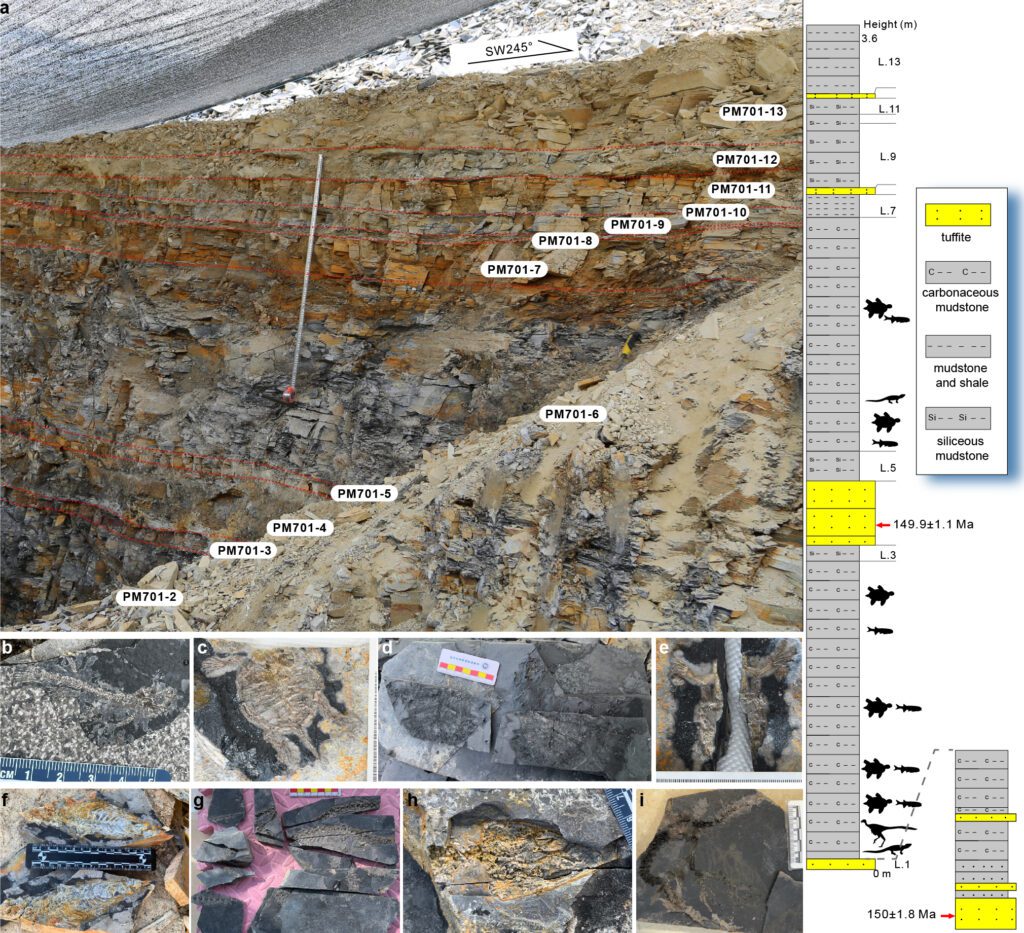
The discovery of “Fujianvenator prodigiosus” in the Tithonian age of China adds to our understanding of the youngest and southernmost Jurassic avialans. Unlike other early avialans that adapted to arboreal or aerial environments, “Fujianvenator” seems to have been more terrestrial or wading in nature. The Zhenghe site, where “Fujianvenator” was found, also revealed a diverse collection of vertebrates, many of which were aquatic or semi-aquatic. Radioisotopic dating and stratigraphic surveys pinpointed the age of the Zhenghe Fauna to 148–150 million years ago.
Similar Posts
The Zhenghe Fauna’s diversity and its precise chronological framework will be instrumental in understanding the Late Jurassic terrestrial ecosystems. The morphological features of “Fujianvenator” highlight the effects of evolutionary mosaicism in deep avialan phylogeny. The elongated hindlimb of “Fujianvenator” is distinct from all other Mesozoic avialan and non-avialan theropods. The Zhenghe Fauna’s discovery has opened new avenues for understanding the Late Jurassic terrestrial ecosystem globally.
The joint research team from IVPP and FIGS is keen on continuing their exploration in the Zhenghe region and its surroundings. The evolutionary trajectory of early avialans was significantly influenced by changes in their forelimbs. “Fujianvenator” stands out as an anomaly with its unique hindlimb structure, diverging from the main evolutionary path of early avialans. The discovery of “Fujianvenator” and the Zhenghe Fauna offers a treasure trove of information for paleontologists and evolutionary biologists.
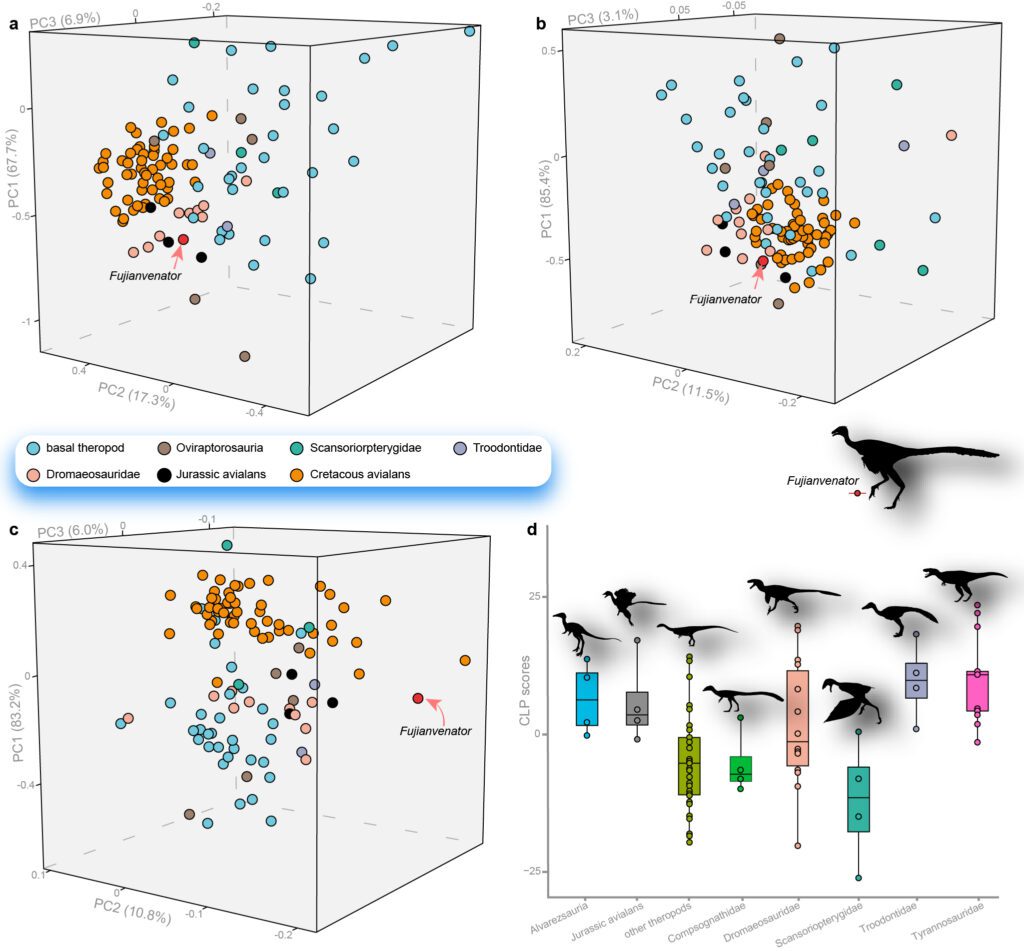
The Late Jurassic period in southeastern China was marked by significant geological changes, shaping the region’s biodiversity. The Zhenghe Fauna provides a snapshot of the terrestrial fauna from the Late Jurassic era, bridging a crucial gap in our understanding of avialan evolution. The morphological peculiarities of “Fujianvenator” challenge our existing notions about early avialan evolution. The Zhenghe site’s rich biodiversity, combined with its unique geological setting, makes it a focal point for future paleontological studies. The discovery of “Fujianvenator” underscores the importance of continuous exploration and research in uncovering the mysteries of our planet’s evolutionary history. As we delve deeper into the Zhenghe Fauna, we inch closer to unraveling the intricate tapestry of life during the Late Jurassic period.



